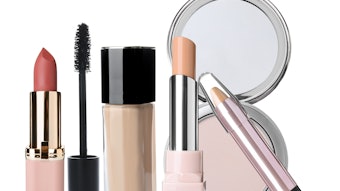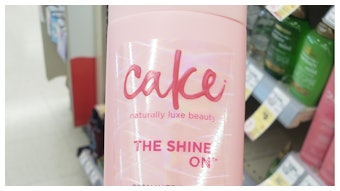It is always the desire of a formulator of personal care products to identify materials that will provide cost-advantageous sensory qualities to those products. Often, materials are identified for certain uses in products but can be used in other applications to create unique qualities.
Humectants are hygroscopic materials that act as moisturizers by binding water. They are important ingredients in cosmetic formulations, as moisturizers and also to prevent formulations such as creams from drying out. The ability of humectants to moisturize the skin is a function of their propensity for water absorption as well as water retention. Humectants play an important role in toothpaste and deodorant sticks. It is in these two areas that we shall discuss the incorporation of a unique material: diglycerol (INCI: diglycerin).
Diglycerol is a humectant consisting of two molecules of glycerol bonded by an ether linkage.
Diglycerol has a lower hydroxyl number than glycerol, which imparts a lower water-binding ability upon the product. Being a bigger molecule, it also has a lower rate of moisture absorption and should be retained on the skin surface for a longer period of time. Compared to glycerol, diglycerol absorbs less water, more slowly and has been claimed to have longer-lasting effects on the skin.
If diglycerol will provide effects that last longer on the skin, could it do the same in the oral cavity? It has long been a desire of oral hygiene development chemists to design products that will provide for “long lasting” effects of cooling and fresh breath. Generally, the only means of achieving this is through costly encapsulation methods. But, what if a humectant could do the same thing? This is the question we sought to answer and prove.










